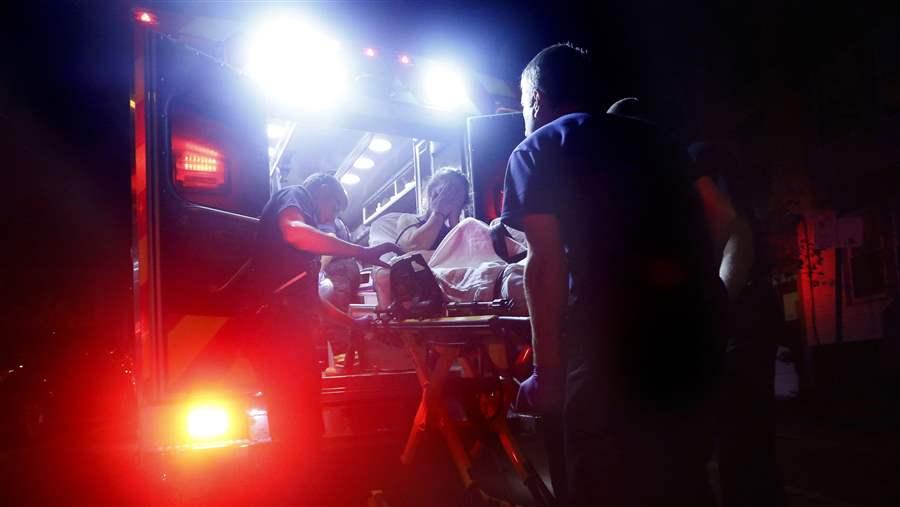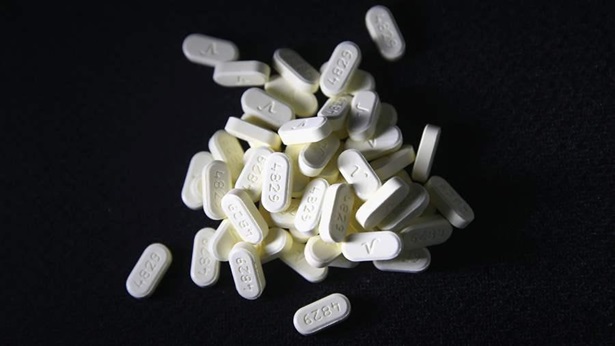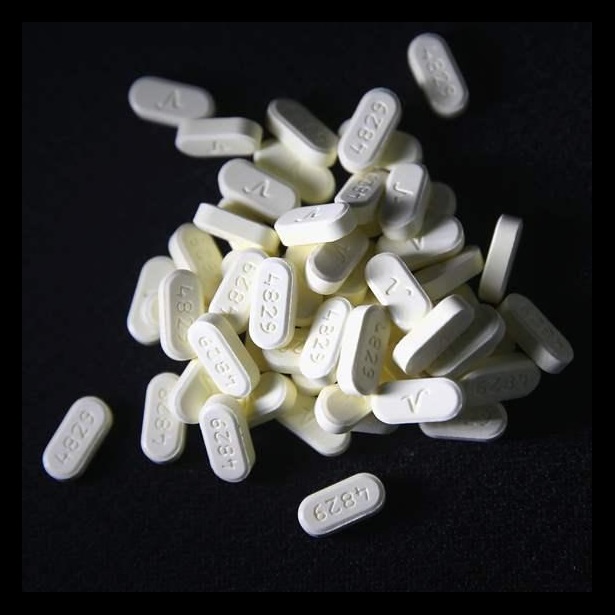U.S. Opioid Overdose Deaths Reach Record Highs

Paramedics in Portland, ME respond to a call of a heroin overdose. The 29 year-old woman was found unconscious by a passerby after she had injected herself with 1/4 gram of heroin.
© Getty Images
New data from the Centers for Disease Control and Prevention show that the number of deaths from opioid overdoses continues to rise, reaching more than 33,000 in 2015, the highest number ever recorded. Opioids, which include prescription drugs and illicitly manufactured heroin and fentanyl, accounted for more than 63 percent of all drug-related overdoses that year.
These alarming numbers reiterate the need for a holistic, evidence-based approach to address the opioid crisis. Leaders from across the public health field—including Sylvia Mathews Burwell, secretary of health and human services; Michael Botticelli, director of national drug control policy; and Vivek Murthy, the U.S. surgeon general—agree that preventing opioid misuse must be a priority. The CDC recommends a collaborative approach by public health and law enforcement, including improving access to and use of prescription drug monitoring programs (PDMPs).
These state-run electronic databases track the dispensing of controlled substances to patients and can inform prescribing decisions. Given that 4 out of 5 heroin users report misusing prescription opioids before using heroin, PDMPs are critically important tools for ensuring the appropriate use of these drugs and reducing patient harms. A new report from The Pew Charitable Trusts outlines how states can encourage more prescribers to use these important public health tools.
For an estimated 20 million Americans, however, prevention alone is not enough. These individuals need treatment for opioid use disorder (OUD), a chronic disease characterized by dependence on opioids in higher and higher doses that puts individuals at risk for overdose and death. The most effective treatment for OUD is medication-assisted treatment, or MAT.
MAT combines Food and Drug Administration-approved medications with behavioral therapies such as counseling. Although MAT has been shown to reduce overdose fatalities and improve other health outcomes—such as decreased transmission of infectious diseases, including HIV and hepatitis C—too few people have access to this treatment.
The CDC data are painful reminders of the tragic losses affecting families and communities across the country. They are also a signal that the nation must continue working to prevent prescription opioid misuse and ensure that those with opioid use disorders have access to effective treatment.
Cynthia Reilly directs The Pew Charitable Trusts’ substance use prevention and treatment initiative; Samantha Arsenault works on the project.


America’s Overdose Crisis
Sign up for our five-email course explaining the overdose crisis in America, the state of treatment access, and ways to improve care
Sign up

How States Can Help Curb Opioid Misuse
Increasing prescriber use of prescription drug monitoring programs is critical to stopping the opioid crisis









